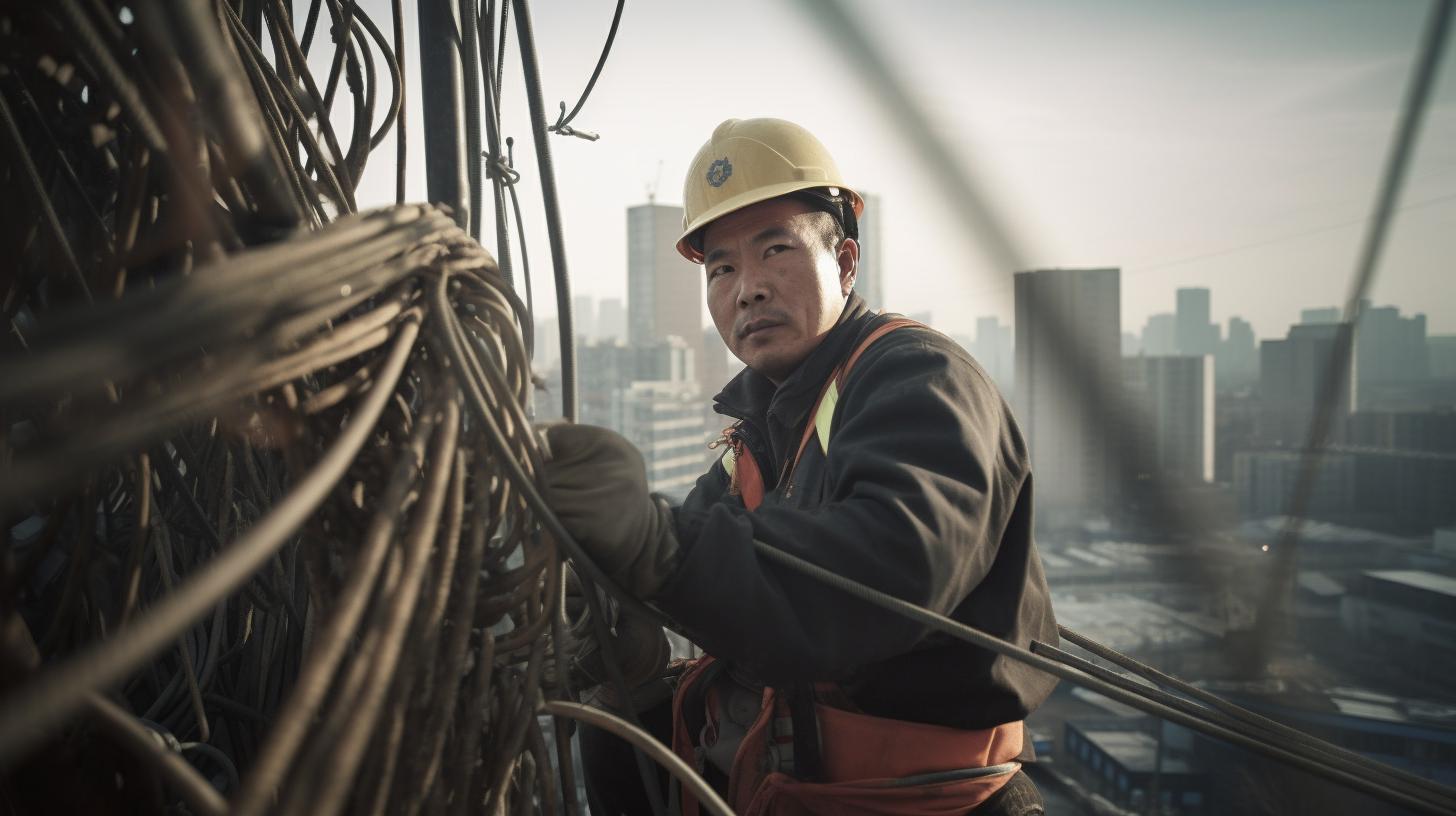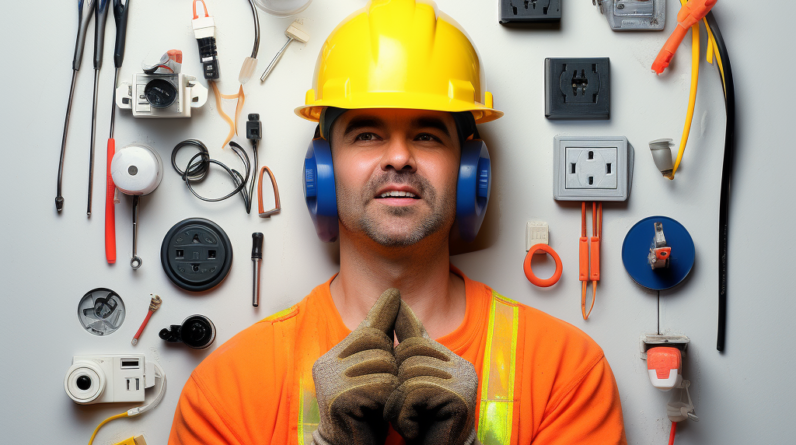
Always Seek The Help Of A Professional Electrician
Having easy access to electrical outlets in outdoor spaces is essential for powering various devices and appliances, such as garden tools, outdoor lighting, or entertainment systems. If you’re looking to add an outdoor outlet from your breaker box, it’s crucial to follow the proper installation procedures to ensure safety and compliance with electrical codes. In this article, we will provide a step-by-step guide on how to add an outdoor outlet from your breaker box, enabling you to extend convenience and functionality to your outdoor areas.
Assessing Feasibility and Safety
Before proceeding with the installation, it’s important to determine the feasibility and safety of adding an outdoor outlet. Ensure that you have sufficient space available in your breaker box for an additional circuit. Additionally, consider the proximity of the desired outdoor location to the breaker box, as well as any potential obstacles or underground utilities that may pose challenges during installation. If you have any doubts or concerns, consulting a licensed electrician is highly recommended.
Gather the Necessary Tools and Materials
To successfully add an outdoor outlet from your breaker box, you will need the following tools and materials:
- Screwdrivers (both flathead and Phillips)
- Wire strippers
- Wire cutters
- Outdoor-rated electrical box
- Weatherproof outlet cover
- Weatherproof conduit (if required by local codes)
- Electrical wires (appropriate gauge and type for outdoor use)
- Circuit breaker (if adding a dedicated circuit)
Shut Off Power and Plan the Route
Before beginning any work, ensure that the power to your breaker box is turned off. Locate the circuit breaker that will supply power to the new outdoor outlet and switch it off. Next, plan the route for running the electrical wires from the breaker box to the outdoor location. Consider the most direct and safe path, avoiding any potential hazards or obstructions. If required by local codes, use weatherproof conduit to protect the wires along their path.
Install the Outdoor Outlet
- Install a new circuit breaker: If adding a dedicated circuit for the outdoor outlet, follow the manufacturer’s instructions to install the circuit breaker in an available slot in your breaker box.
- Run the electrical wires: Carefully run the appropriate electrical wires from the breaker box to the outdoor location. Ensure that the wires are secured and protected as per local codes.
- Prepare the wires: Strip the ends of the wires using wire strippers, leaving approximately ½ inch of bare copper exposed.
- Connect the wires: Inside the breaker box, connect the black wire (hot) to the brass terminal of the new circuit breaker. Connect the white wire (neutral) to the neutral bus bar. Connect the bare copper or green wire (ground) to the ground bus bar.
- Install the outdoor outlet: At the outdoor location, install an outdoor-rated electrical box securely to a wall or post. Connect the wires to the corresponding terminals on the outlet (black to brass, white to silver, and bare copper or green to the ground terminal). Insert the outlet into the electrical box and secure it in place. Attach a weatherproof outlet cover.
Test and Ensure Safety
Once the installation is complete, turn the power back on at the breaker box and test the new outdoor outlet using a voltage tester. Verify that it is receiving power correctly. Additionally, inspect all connections and ensure they are secure and properly insulated. Regularly inspect the outlet and cover for any signs of damage or wear, and replace them if necessary. It is also advisable to have a licensed electrician inspect the installation to ensure compliance with local electrical codes



